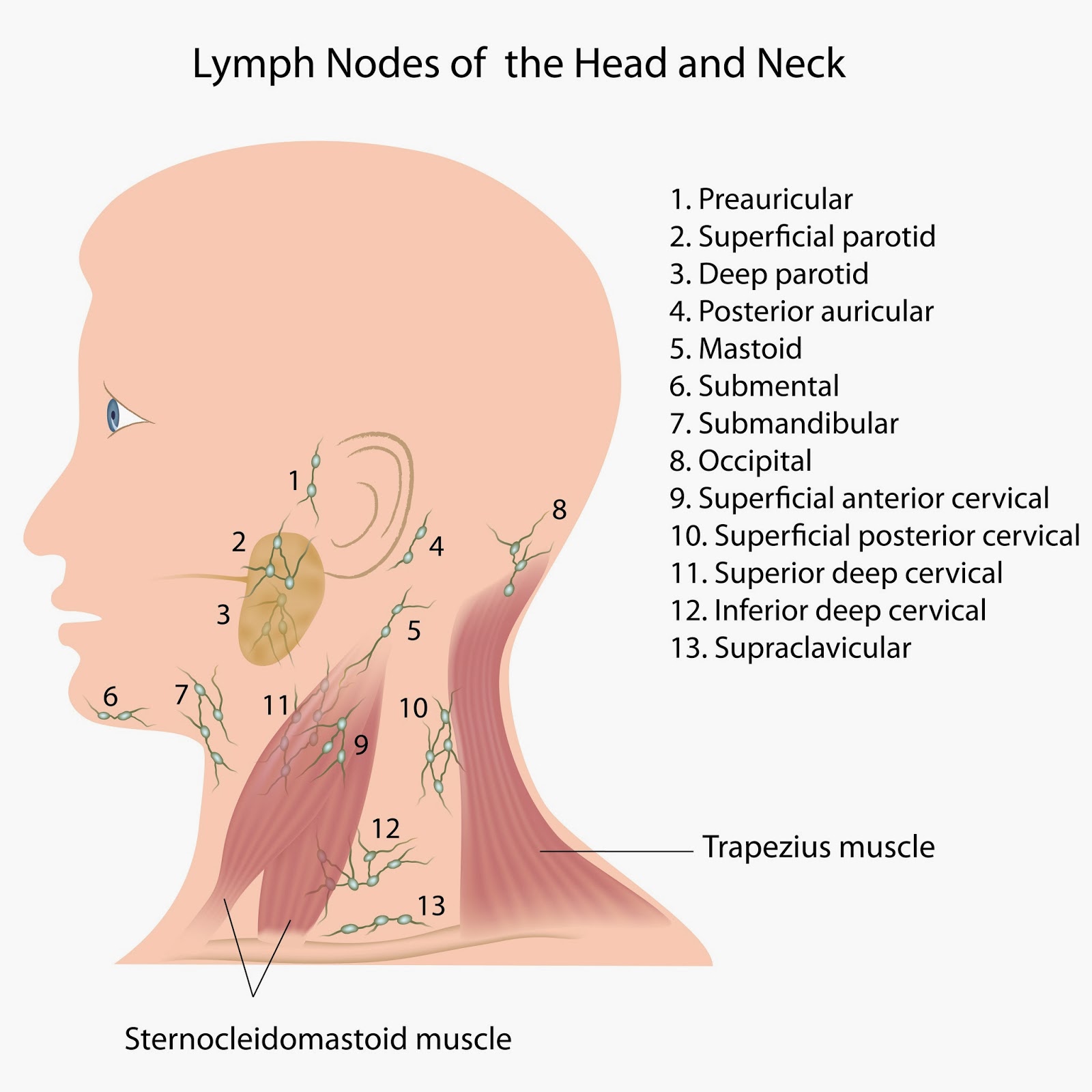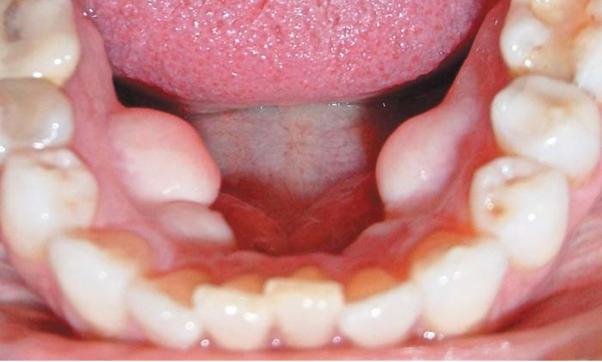

The cancer might also spread to other bones in the skull, causing bumps under the scalp. Spread to the bones around the eyes is common and can lead to bruising around the eyes or cause an eyeball to stick out slightly. If it spreads to the bones in the spine, tumors can press on the spinal cord and cause weakness, numbness, or paralysis in the arms or legs. The pain may be so bad that the child limps or refuses to walk. A child who can talk may complain of bone pain. Spread to bones: Neuroblastoma often spreads to bones. Enlarged lymph nodes in children are much more likely to be a sign of infection than cancer, but they should be checked by a doctor.

These nodes can sometimes be felt as lumps under the skin, especially in the neck, above the collarbone, under the arm, or in the groin. Cancer that has spread to the lymph nodes can cause them to swell. Spread to the lymph nodes: Lymph nodes are bean-sized collections of immune cells found throughout the body. Many neuroblastomas have already spread to the lymph nodes or other parts of the body by the time they are found. Signs or symptoms caused by cancer spread to other parts of the body Pressure on other nerves near the spine might affect the child’s ability to feel or move their arms or legs. Neuroblastomas that press on certain nerves in the chest or neck can sometimes cause other symptoms, such as a drooping eyelid and a small pupil (the black area in the center of the eye), part of a condition known as Horner syndrome. Tumors in the chest or neck might also press on the throat or windpipe, which can cause coughing and trouble breathing or swallowing. It can also cause headaches, dizziness, and a change in consciousness if it affects the brain.
MOVABLE LUMP ON JAW BONE SKIN
This can cause swelling in the face, neck, arms, and upper chest (sometimes with a bluish-red skin color). If the tumor is in the chest, it might press on the superior vena cava (the large vein in the chest that returns blood from the head and neck to the heart). Tumors in the chest or neck: Tumors in the neck can often be seen or felt as a hard, painless lump. In some cases, the pressure from a growing tumor can affect the child’s bladder or bowel, which can cause problems urinating or having bowel movements. This can sometimes lead to swelling in the legs and, in boys, the scrotum. For example, tumors that press against or grow into the blood and lymph vessels in the abdomen or pelvis can stop fluids from getting back to the heart. Sometimes, a tumor in the abdomen or pelvis can affect other parts of the body. But the lump itself is usually not painful to the touch.
MOVABLE LUMP ON JAW BONE FULL
If the child is old enough, they may complain of feeling full or having belly pain. The child might not want to eat (which can lead to weight loss).

Tumors in the abdomen (belly) or pelvis: One of the most common signs of a neuroblastoma is a large lump or swelling in the child’s abdomen. Signs or symptoms caused by the main tumor Still, if your child has any of these symptoms, check with your doctor so the cause can be found and treated, if needed. Many of these signs and symptoms are more likely to be caused by something other than neuroblastoma. Signs and symptoms might be different depending on where the tumor is, how large it is, how far it has spread, and if the tumor makes hormones.


 0 kommentar(er)
0 kommentar(er)
